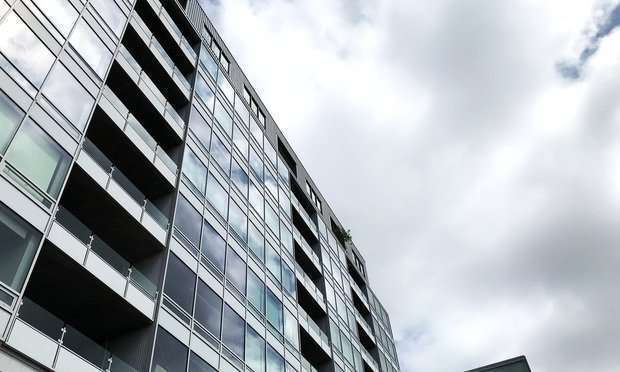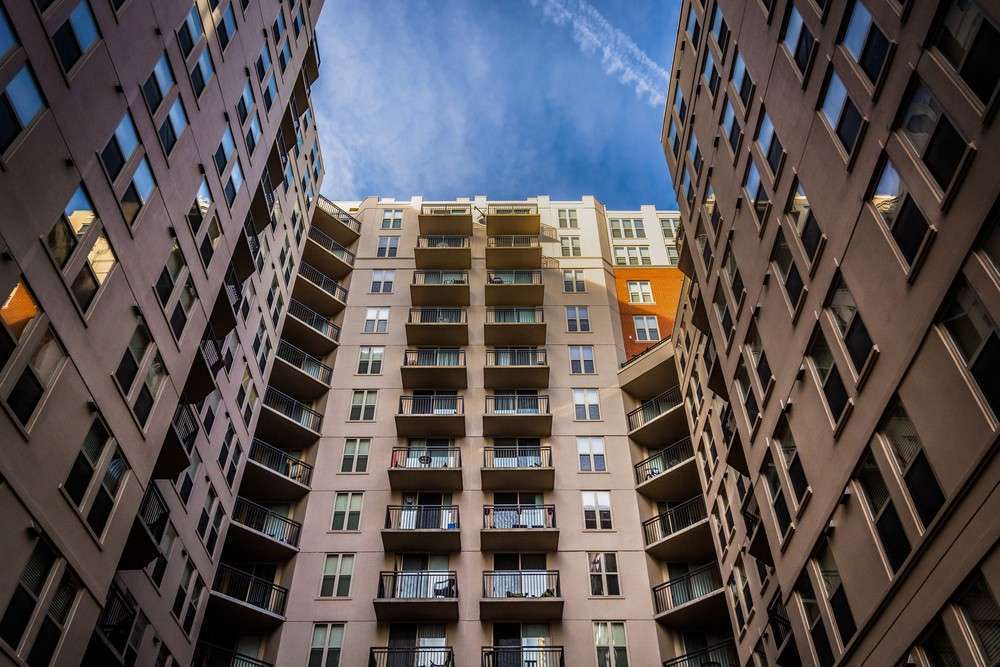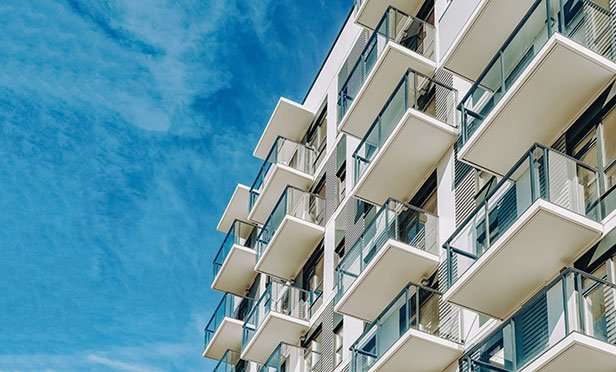Build-to-rent single-family homes gaining popularity.
Millions of Americans, especially younger generations, are unable or unwilling to purchase their own homes. Reasons may include a lack of downpayment or poor credit, while other potential buyers are waiting for the market to soften and interest rates to go down.
Even though these people may not be ready to purchase, they still want the benefits of owning a single-family home: a yard for pets and kids, more privacy, and a sense of community. And that’s where savvy real estate investors are stepping in.
Large real estate investment firms like DR Horton, Lenner, and Invitation Homes are getting into the single-family build-to-rent business. This activity includes building single-family homes on empty lots in existing neighborhoods or, in some cases, building entire communities of rental houses with workout facilities, pools, and playgrounds.
The investment in new-build, single-family rentals seems to be picking up steam. In 2020, $3 billion was invested in this sector. Those investments rose 10-fold in 2021 to 30 billion dollars, and are anticipated to reach $50 billion in 2022.
Even though build-to-rent homes currently represent only 5% of the building market, that’s nearly double its average. With vacancies of single-family rentals low, and rents rising by 13% over last year, the new-build single-family rental market looks like a pretty solid long-term investment strategy.
Despite the work-from-home trend, office space is still in high demand.
Finally, there is good news for real estate investors with office space in their portfolios. Numerous indicators point in a more optimistic direction regarding workers returning to the office.
New office tours, a leading indicator for new leases, rose 20% from February to March of this year. While these numbers are still lower than pre-pandemic levels, they’re up nearly 10% over March 2021. In addition, CBRE Group, a leader in commercial real estate services, conducted a survey of office-based companies that was even more encouraging.
Of the 185 companies surveyed by CBRE, 36% said that a return to the office was already underway. Another 41% said they anticipate employees returning to the office by the end of 2022. These businesses expect 19% of returning workers to be in the office full-time, with another 61% working a mix of hours from home and in the office.
While returning to the office looks imminent for most, many companies are revamping the office experience. Nearly 45% of companies surveyed report that, as opposed to numerous satellite offices spread around the city or state, they are moving to larger, more centralized office space. In addition, they prefer for this space to be located in or near their city’s central business district.
This demand for new office space drives rents in the right direction for investors. According to Moody’s, asking and effective rents rose by an average of 2.5% during the first quarter of 2022. This was the largest increase in rents since the beginning of the pandemic.
Private investors are snatching up high-value retail space.
Real estate investment trusts (REITs) and institutional investors have long been the major players in the commercial retail sector. This was especially true regarding high-value retail space acquisitions of $50 million or more. In 2021, private investors decided they’d like a larger piece of that pie.
Last year, private investors took over 45.5% of the retail market share, investing more than $6.5 billion in high-value retail space. Recent reports show that private lenders will continue to outspend institutional investors to acquire high-value retail investments.
According to Real Capital Analytics, 47 high-value retail transactions, defined as worth at least 50 million dollars, were completed in the first quarter of 2022. Private investors closed 32 of those deals, often out-bidding larger corporate investors.
Of particular interest to private investors are grocery-stored-anchored shopping centers, which account for 31% of all retail purchases made by private investors. In an interview with the WSJ, Jim Michalak of Plaza advisors says, “
Private investors have migrated to acquiring shopping centers because of better yields, compared with other real estate.”
Hoping to curb inflation, Feds raise rates again.
To slow inflation, the Federal Reserve has raised its benchmark interest rates by ¾ of a percentage point. This is the largest one-time rate hike since 1994. The goal of this rate hike is to bring inflation down to 2%, without increasing unemployment above 4%.
This increase in rates is sure to affect an already softening real estate market. After the announcement, the 30-year, fixed mortgage rate climbed to 6%. Nearly double the interest rates at the beginning of the year. Real estate buyers and sellers aren’t going to be the only ones hit by this increase.
Small businesses that rely on bridge loans or a revolving line of credit to keep afloat will have some difficult decisions to make. Namely, is expanding operations right now worth the increased monthly interest payments?
There is a small silver lining concerning this rate hike: savings. Interest rate hikes mean a higher annual percentage yield (APY) on money sitting in savings accounts, certificates of deposit (CDs), and money market accounts.
The Federal Reserve is set to discuss interest rates again this July. According to Powell, they expect to raise the rates again, possibly up another 75 basis points.
Good news for industrial real estate investors – vacancies are down and rents are up.
The industrial real estate sector has remained relatively strong over the past couple of years and shows no signs of slowing. In the first quarter of 2022, industrial vacancy rates fell to 3.4%. This was the sixth quarter in a row industrial vacancy rates fell.
Vacancies remain low, despite the fact that developers built over 90 million square feet of industrial floor space in the first quarter of 2022. There are another 531 million square feet of industrial space currently under construction. None of this new inventory is expected to have much of an impact on vacancy rates.
Based on the high demand for new industrial space, rents keep climbing. In the first quarter of 2022 industrial rents rose 7% over the previous quarter, bringing the national average to $7.62 per square foot. Unfortunately, for some investors, port cities are skewing this national average.
Industrial rents in port cities have been rising, year after year, at a rate of more than 23% annually. While rents in non-port cities have still been strong, their growth rates have topped off at only 16% annually. Even with interest rates and the cost of construction rising, investors are still seeing high ROIs in the industrial real estate sector.







